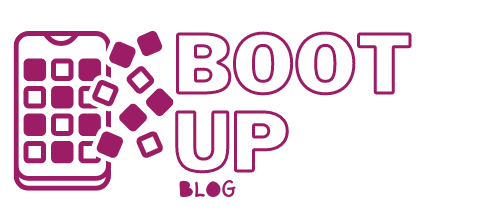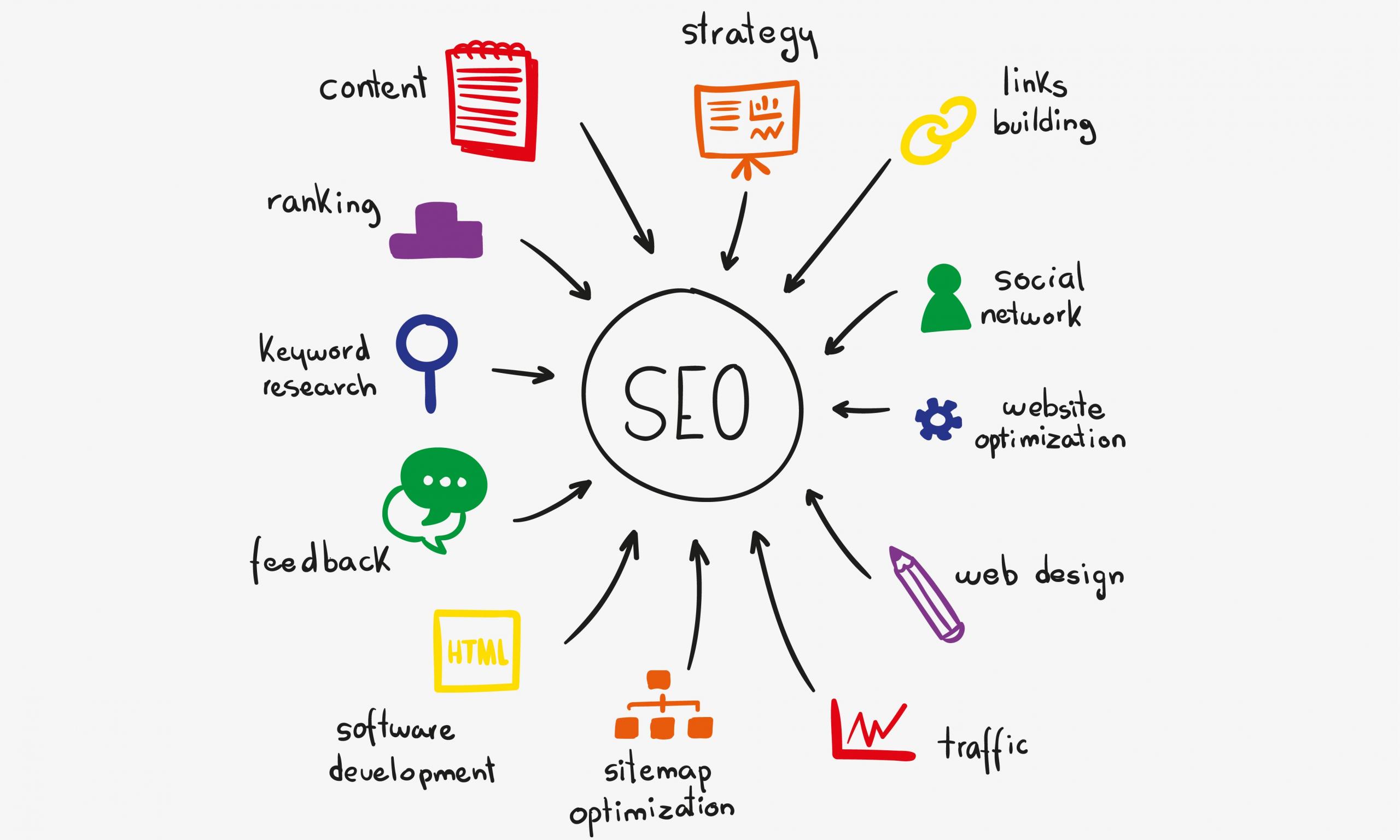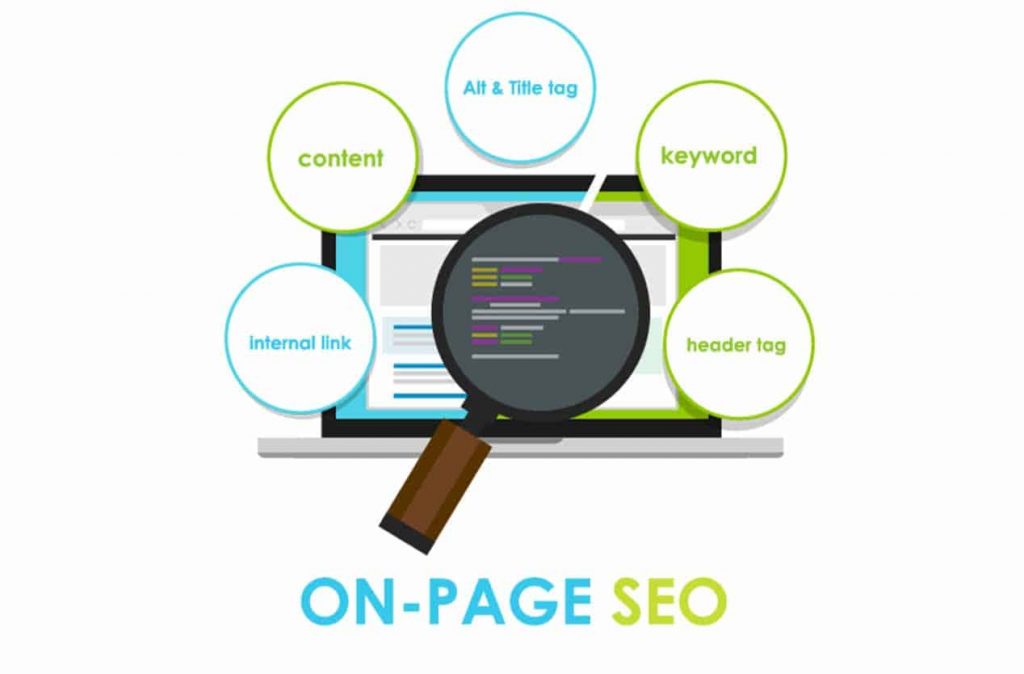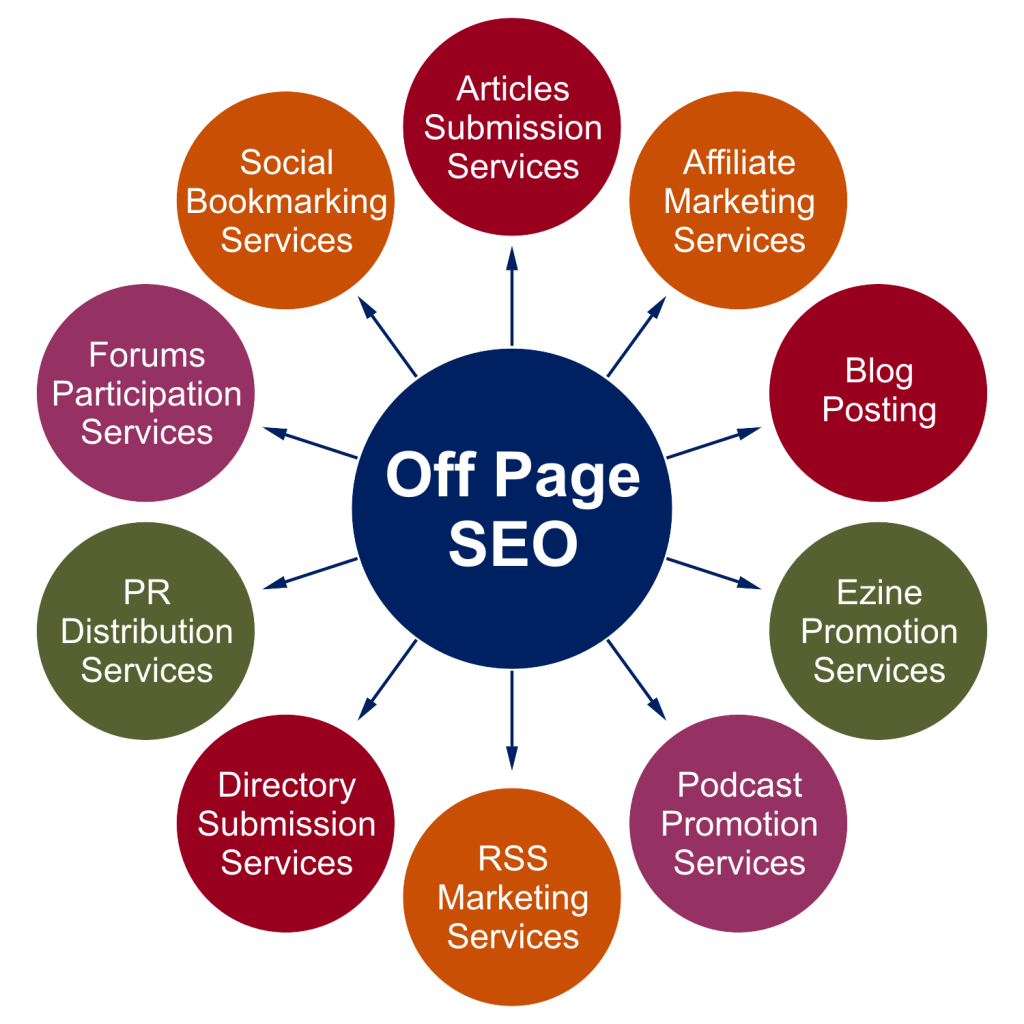Your search engine optimization strategy can be divided into two different categories: on-page SEO and off-page SEO. Both are crucial to the success of an SEO campaign, but they’re on completely different sides of the fence.
What is On-Page SEO?
On-page SEO (also known as “on-site” SEO) is the act of optimizing different parts of your website that affect your search engine rankings. Where your website appears in search engine results pages is determined by a number of ranking factors including site accessibility, page speed, optimized content, keywords, title tags, etc. It’s stuff that you have control over and can change on your own website.
Let’s break it down:
Headings (H1): Headings are usually the largest words on the page, and for that reason, search engines give them a little more weight than your other page copy. It is a good idea to work your target keywords into the headings of each web page but make sure you accurately reflect your page’s great content.
URL structure: Put keywords into your URLs if possible. However, do not go changing all of your current URLs just so they have keywords in them. You shouldn’t change old URLs unless you plan on redirecting your old ones to your new ones. Consult a professional like Linkeo Ltd. before doing this.
Alt text for images: Any content management system should allow you to add something called “alt text” to all images on your website. This text isn’t visible to the average visitor – alt text is in fact used by screen reader software to help blind internet users understand the content of your images. Search engines crawl images in a similar way, so inserting some relevant keywords while accurately describing the image will help search engines understand your page’s content.
Fast-loading pages, or page load speed: Google wants to help its users find what they’re looking for as quickly as possible to provide the best user experience. Therefore, optimizing your pages to load faster helps your site rank higher in the search results.
Mobile Friendliness: In recent years, Google has prioritized mobile page loading speed as a key ranking metric. Beyond mobile page load, website design needs to factor in the mobile user experience. One way to check and optimize website layout for mobile is to generate a Mobile Usability Report which identifies any issues your website may have.
Page content: The content on your pages needs to be useful to people. If they search for something too specific to find your page, they need to be able to find what they’re looking for. It needs to be easy to read and provide value to the end user. Google has various ways to measure if your content is useful.
When adding internal links, make sure to have relevant anchor text. Anchor text is the clickable text in a hyperlink (usually indicated by blue font color and underline). To optimize your anchor text, make sure the selected word or phrase is relevant to the page you’re linking to.
Social Tags: Having your content shared on social tells Google that people find your content relevant, helpful and reputable. Not every page on your site is share-worthy, but you can optimize the pages that are. The purpose of these signals is to quantify the user experience with a website, from page visual stability and load time, to interactive experiences.
What is Off-Page SEO?
Off-page SEO focuses on increasing the authority of your domain through the act of getting links from other websites. A good analogy for how authority works is this: If you have a bucket with floats in it (these are your pages), and you start filling the bucket with water (links), your floats are all going to rise to the top.
The biggest off-page SEO factor is the number and quality of backlinks to your website. Some examples of ways you can build links to your website are:
-
Creating awesome content that people want to link to because it is valuable.
-
Social media shares of your content that ultimately generate links.
-
Outreach e-mails to influencers in your industry that ultimately link to you.
-
Guest blogging on sites related to yours. These guest posts will have links back to your site.
While link quantity is still important, content creators and SEO professionals are realizing that link quality is now more important than link quantity. As such, creating shareable content is the first step to earning valuable links and improving your off-page SEO.
SEOs also used to believe that buying links was a valid way of link building; however, Google will now penalize you for buying links in an attempt to manipulate page rank. You can also be penalized for submitting your links to link directories whose sole purpose is to increase your domain authority. Again, quality wins out over quantity when it comes to link building.
Which One is More Important?
It’s not about choosing between on and off-page SEO, that would be like having to choose between a foundation or a roof for your house. On-page and off-page SEO work together to improve your search engine rankings in complementary fashion. However, experts at Linkeo Ltd generally advise getting your on-page SEO ducks in a row before focusing on off-page SEO.
Just like building a house, you want to set the foundation first before building the rest of the house. Like a foundation, you may need to come back and do some maintenance to your on-page SEO from time to time. Balancing the two will help make your website “bilingual” so that your users can understand it as well as the search engine robots- and that’s how your rankings start to improve.



